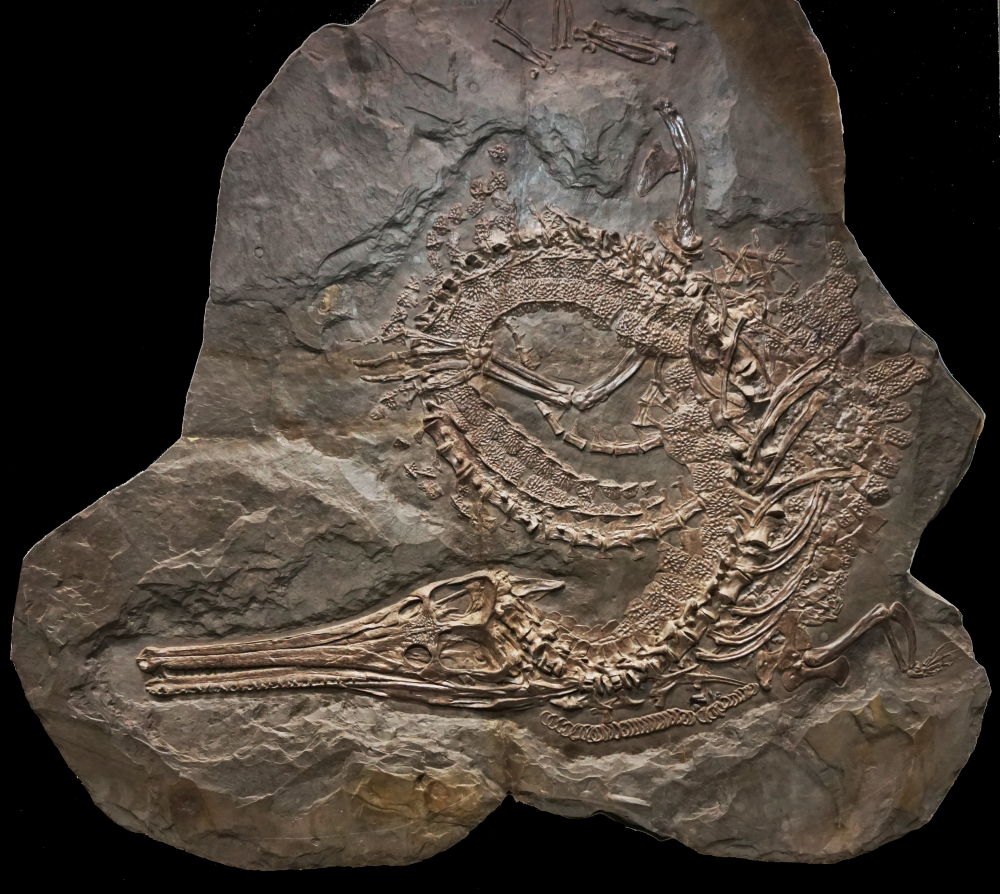Chicxulub, that pesky asteroid, really did a number on the dinosaurs. It wiped them off the Earth as it cleaned up around 76 percent of all species on the planet (apart from the birds, of course) – and yet while they died, the crocodylomorphs survived. That’s not the only mass extinction this animal group has lived through, so what makes them so resilient?
A new study set out to investigate this by examining the teeth and skulls of 99 extinct crocodylomorph species and 20 living crocodylian species, using that information to reconstruct their dietary ecologies throughout history. Turns out, when it comes to swerving mass mortality events, being a jack of all trades really helps you come out on top.
Being a dietary generalist is a really good way to help survive a mass extinction
Dr Keegan Melstrom
“Being a dietary generalist (the ability to eat lots of different things) is a really good way to help survive a mass extinction,” said lead author Dr Keegan Melstrom of the University of Central Oklahoma to IFLScience. “Previous research has shown this in ocean invertebrates and some mammals through the end-Cretaceous mass extinction, but this work shows that the same basic patterns are at play in crocs. They can eat a huge variety of things, so if one (or many more) of their food groups goes extinct, there’s probably something that they can draw on.”
Before we dive in, a quick note on terminology might be helpful here: Crocodiles are a part of the living group Crocodylia (which includes crocodiles, alligators, and gharials). This is part of the broader group Crocodyliformes, that’s a part of the bigger group Crocodylomorpha. Now you’ve got the lingo down, let’s get into the Crocodylidetails.

This swirly fossil is Macrospondylus, an aquatic crocodylomorph from the Early Jurassic.
Image credit: Keegan Melstrom
This study marks the first to reconstruct the dietary ecology of crocodylomorphs to identify the characteristics that saw some groups ride out two mass extinctions (the end-Triassic, about 201.4 million years ago (Ma), and the end-Cretaceous, about 66 Ma). Doing so revealed lots of groups closely related to the crocodylians alive today were more diverse, more abundant, and exhibited very different ecologies, yet they all disappeared.
“We like to think of crocodiles, alligators and their kin as ‘living fossils’, but there has been quite a lot of evolutionary change since they first evolved during the Late Triassic Period over 230 million years ago,” said study author Professor Randall Irmis of The University Of Utah to IFLScience. “The first crocodylomorphs were small predators that walked upright on land.”
If we can give them a chance by preserving their habitats and avoiding overhunting, crocodylians are likely to stick around for a long time to come
Prof Randall Irmis
“Although the classic ecological role of semi-aquatic ambush predators evolved during the Early Jurassic some 190 million years ago, throughout the Age of Dinosaurs and into the early part of the Age of Mammals, there has been a bewildering array of different ecological roles for crocodylomorphs, from terrestrial herbivores and terrestrial hypercarnivores to ocean-going predators! So, it’s only very recently in their evolutionary history that crocodylomorphs have been constrained to the roles we see them occupy today.”
As Melstrom told IFLScience, the early iterations were probably keen on a spread of insects up to small mammals, and eventually bigger game. After the end-Triassic mass extinction, diet diversity boomed including the first semiaquatic ambush predators, as well as aquatic carnivores and terrestrial herbivores. That’s right, crocodylomorphs have historically been land-living plant lovers.

This is the skull of Gondwanasuchus sabrosus, a terrestrial predator that lived during the Late Cretaceous.
Image credit: Keegan Melstrom
It wasn’t until the Late Cretaceous that the group saw its peak in diet diversity at a time when they were distributed all across the globe. Had you been alive at this time, you would’ve had to face up to the “croc version of a lion”, but after the end-Cretaceous mass extinction, it was the semiaquatic ambush predators that started to take center stage. Flash forward to around just 15 million years ago, and this is now their only diet. It’s the croc morph we’re most familiar with, but one that’s – geologically speaking – a recent development.
With a stunning portfolio of specimens, the study reads like an old photo album for the crocodylomorphs, but beyond being an eye-opening trip down memory lane, it can also inspire us to ensure these ancient animals remain a staple of Earth for a long time to come.
“The evolutionary flexibility of crocodylomorphs over time has been a big part of their success in surviving mass extinction events in Earth’s past,” said Irmis. “If we can give them a chance by preserving their habitats and avoiding overhunting, crocodylians are likely to stick around for a long time to come.”
The study is published in the journal Palaeontology.
Source Link: "For A While, Crocodile": How Do Crocodylomorphs Keep Surviving Mass Extinctions?